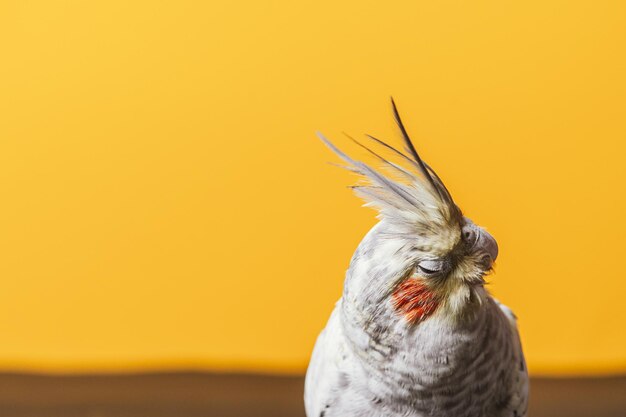Fascinating Facts About Cobras

Cobras are venomous snakes found in various parts of the world.
The king cobra is the longest venomous snake, reaching up to 18 feet in length.
Cobras have a characteristic hood, which they raise when threatened.
Cobras are known for their distinctive hissing sound.
The venom of cobras can be deadly to humans if not treated immediately.
Cobras are expert hunters, particularly in the dark.
Cobras primarily feed on rodents, birds, and other small animals.
Cobras have excellent vision and can detect movement from a considerable distance.
Cobras are highly adaptable and can survive in a variety of habitats, including forests, deserts, and grasslands.
Cobras play an important role in maintaining the ecosystem by controlling rodent populations.
Cobras have been revered and feared in several cultures throughout history.
The venom of cobras has been used in some traditional medicines.
Cobras are known for their unique ability to glide across water surfaces, enabling them to swim efficiently.
The venom of certain cobras contains neurotoxins that paralyze their prey.
Cobras have a lifespan of around 20 years in the wild.
Cobras have a strong association with ancient Egyptian civilization, often depicted in hieroglyphs and sculptures.
The Indian cobra is one of the most widely recognized species.
The venom of cobras affects the nervous system, causing paralysis and respiratory failure.
Fascinating Facts About Cobras part 2
Cobras undergo a process called ecdysis, where they shed their skin periodically.
The spitting cobra has the unique ability to project its venom accurately at a target’s eyes.
Cobras have a specialized venom delivery system called hollow fangs.
Cobras are capable of rearing up a third of their body length when threatened.
Cobras are solitary reptiles and prefer to avoid encounters with humans.
The hood of a cobra is made up of elongated ribs and skin.
Cobras are known to be highly intelligent snakes.
The king cobra can raise its body to a height of six feet when threatened.
Cobras have heat-sensitive pits on their faces, allowing them to detect prey even in the dark.
Cobras exhibit unique mating rituals, including courtship dances and territorial displays.
Cobras are cold-blooded creatures, relying on external sources of heat to regulate their body temperature.
Cobras are excellent climbers and can scale trees and walls effortlessly.
The venom of cobras has the potential for medical research, including pain management and drug development.
The spectacled cobra gets its name from the spectacled pattern on the hood.
Cobras can go for several months without eating, surviving on their fat reserves.
The black mamba is the fastest snake in the world, known for its incredible speed and agility.
Cobras have been featured prominently in mythology and folklore worldwide for centuries.
Cobras can strike with extreme accuracy and speed, often delivering fatal bites.
Cobras have retractable fangs, which they fold back against the roof of their mouth.
Certain species of cobras, like the Egyptian cobra, can spray venom as a defensive mechanism.
Cobras have a reputation as being majestic and mysterious creatures.
The venom of cobras contains enzymes that break down tissues and initiate digestion of prey.
Cobras are known to exhibit aggressive behavior when they feel threatened.
The venom of cobras is being researched for potential use in cancer treatments.
Cobras molt their skin several times per year, allowing for growth and healing of injuries.
Cobras have a lifespan of around 25 years in captivity.
The bite of a cobra should be treated as a medical emergency, requiring immediate professional attention.

